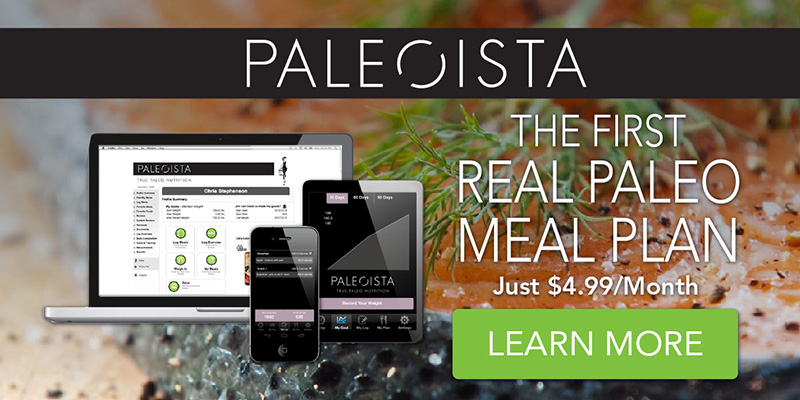Paleo for Beginners: Common Food Swaps and Substitutes
Seeking a substitute for the packets of non-dairy creamer you’ve been using in your morning coffee? How about something to replace the organic granola you’ve been buying at the local health food store? Or perhaps you just need something to eat instead of bread so you can still have an easy-to-make sandwich during a busy day at the office.
Without a doubt, when transitioning to a healthy, Paleo diet regime, it’s human nature to want to find familiar foods we enjoy and that we perceive as being healthier versions.
Changes too radical may result in feeling the lifestyle is unsustainable, which is why in some cases, a gradual segue into Paleo might be the best approach.
While swapping and substituting may work in some circumstances, in others, it simply doesn’t fit the bill. The most important thing to keep in mind when we’re switching this food for that is to not lose sight of the reason you’re going Paleo in the first place.
One of the most common mistakes I see is overdoing the substituting approach. For example, if we substitute white flour with almond flour to make a stack of “Paleo Pancakes” for breakfast, then whip up a batch of coconut flour and tapioca starch-based lasagna noodles with grass-fed cheese for lunch, grab a date, honey and cashew bar for an afternoon snack, and bake cauliflower crust pizza for dinner, you may feel you’re following a Paleo approach.
After all, the foods in the above sample menu are in fact gluten free, do not contain white sugar, and didn’t come out of a wrapper. And all of the above may fit into the Paleo regime now and then, “now and then” being the key phrase.
What’s wrong with that picture? Well, for starters, there are no vegetables, not enough fat, not enough protein, and still an overall refined, processed list of foods that may be more Paleo than their Standard American counterparts, but still missing the boat on the principles of Paleo in the first place.
The idea is to mimic the anti-inflammatory diet our hunter-gatherer ancestors ate, with fresh, local veggies, natural proteins and rich fats that are readily available to us wherever we may live.
Too much flour of any kind, even almond and coconut, too much sugar, even from dates and honey, and an unbalanced macro nutrient ratio can be cause for concern when you come to the realization “Paleo is not working.” This approach, however, isn’t the “real” Paleo deal.
On the other hand, there are “real” Paleo swaps and substitutes you can make that aren’t intended to mimic the actual food you were eating, but instead completely replace them in a whole new light.
Serving a delicious homemade lamb curry on a bed of mixed local greens instead of Basmati rice isn’t going to take like curry on Basmati rice, but what it will do is allow a healthier vehicle with which to enjoy the lamb, the cumin, turmeric, garlic and coconut, without creating a stuffed feeling afterwards.
Similarly, serving a grass fed filet with two or three types of roasted veggies isn’t going to taste like grass fed filet with buttery mashed potatoes, but again, you’ll enjoy the rich flavor and decadent texture of the fatty meat and veggies, leaving you feeling satiated, but again, not bursting.
Once we begin to pick apart the recommendations of the USDA MyPlate1 and see how their suggestions are upside down and backwards, the desire to abide by them in our lifestyles’ decreases more and more.
Three more questions to drive my point home: Interested in continuing to be heavily reliant on carbs as your fuel? Is your goal to prevent your body from tapping into stored fat to use as its fuel? How about setting yourself up for early onset diabetes?
If these are your objectives, then following the advice of the Academy of Nutrition and Dietetics (AND, formerly the American Dietetic Association) 2 makes perfect sense, as well as using their guidelines from which to replace this and swap that to make Paleo versions of the old standards.
If not, it’s time for a whole new look. Start from square one and build each of your three meals per day with fresh, leafy greens, a good amount of fat and wild proteins. Give a real Paleo diet a fair shot for just a few weeks and you’ll get to experience all the benefits of what it’s truly all about!
REFERENCES
[1] “ChooseMyPlate.gov.” ChooseMyPlate.gov. N.p., n.d. Web. 07 June 2015.
[2] “New Study: Big Food’s Ties to Registered Dietitians.” Food Politics New Study Big Foods Ties to Registered Dietitians Comments. N.p., n.d. Web. 07 June 2015.






